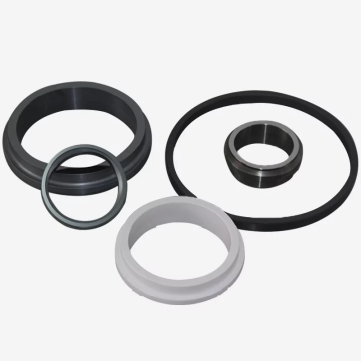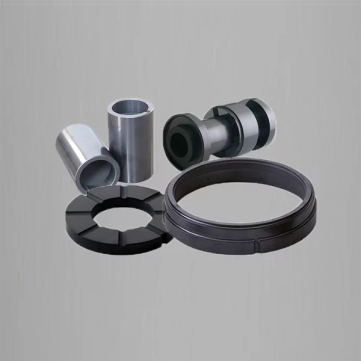Mechanical split seals are used to unite and seal two components. Spinning shafts, such as those found in pumps, compressors, and other machines, require mechanical seals. Mechanical seal supplier Junty has offered this article as an expert response.
Equipment and seal maintenance are crucial. Inadequately maintained seals may leak, resulting in breakage, downtime, and staff injuries.
Here are some pointers for keeping mechanical seals in good condition and increasing their life:
Mechanical split seal maintenance tips
Maintenance of seals split seals needs the right lubrication to work with rotating shafts and pumps. Lack of a fluid barrier will cause heat to build up, which will cause dry runs, high friction, elevated temperature, and increased seal wear and tear. The fluid barrier would minimize friction and cool the seal faces.
To prevent your mechanical split seals from drying, install Dry Run Monitor, which alerts people or the responsible party when there is inadequate lubrication. By doing this, mechanical seals’ effectiveness is maintained.
Shaking Test
Vibration from the impeller is transmitted to the shafts and mechanical seals through cavitation and recirculation when a pump is not operating at its Best Efficiency Point (BEP). This might cause the pump to shake excessively. This vibration may lead to increased friction and damage to the seal face. It’s conceivable for couplings or suctions to be misaligned.
Setup
Using the right installation methods, which include plate and shaft alignment, the number and location of fasteners, torque level, appropriate venting, and port connection, can extend the life of the mechanical seal and system. Machine and seal wear could result from a bad installation. Seals must be aligned, symmetrical, and properly positioned.






